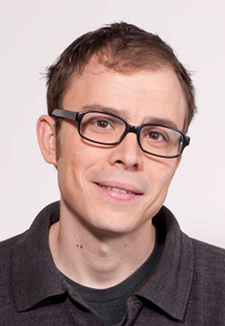
Brooklyn author tells the story of the people behind NASA

Andrew Kessler
Who are kids’ heroes today?
Possibly athletes, possibly pop stars, possibly movie stars, most people would answer.
But few would say scientists or people involved in the space program.
Leave a Comment
Leave a Comment

